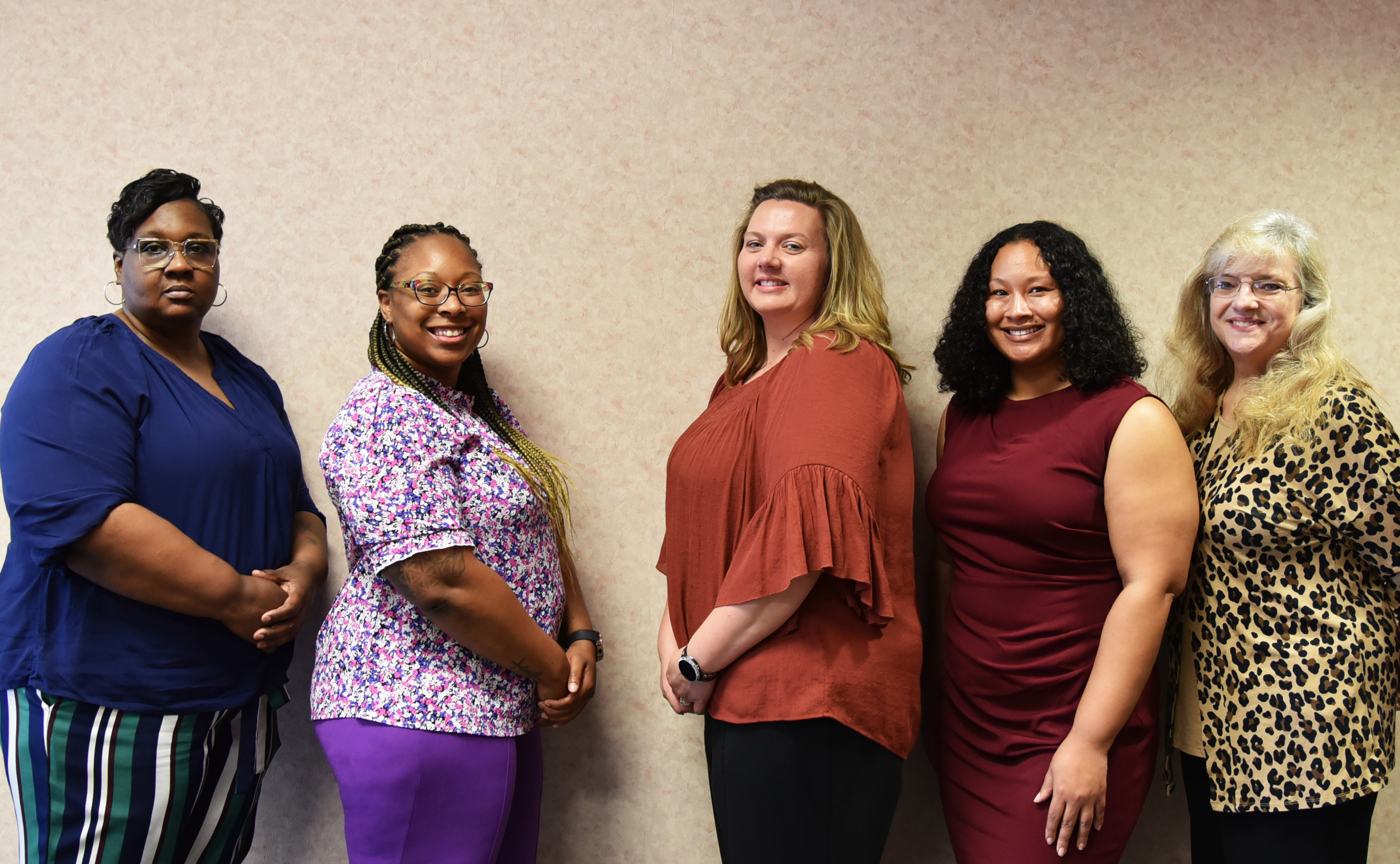Campus Within Walls
SVCC’s Campus Within Walls program provides second chances through higher education to incarcerated students. Through college education, Campus Within Walls provides our students with the tools they need to successfully re-enter society and become productive citizens.
Our Campus Within Walls program is an important facet of Southside Virginia Community College’s mission. We believe that all citizens should have educational opportunities and that includes justice-impacted people in our service region. The goal of these programs is to educate college-ready justice-impaired students, providing them with the opportunity to attain associate’s degrees and certificates in General Studies and Business Management while incarcerated. Other opportunities for students to take classes are in workforce classes which are located at Baskerville Correctional Center. The result of this education is improvement of their chances for successful re-entry into society and the acquisition of meaningful employment.
In collaboration with the Virginia Department of Corrections at work camps and prisons in the central and southern part of Virginia, SVCC is able to offer a high-quality education to our justice-impacted students. At Lunenburg Correctional Center, SVCC’s CWW program creates a college learning community model embedded within the prison. SVCC college students are housed together in a single unit “dorm” to allow for additional privileges not granted to the general population. Within this dorm (which houses 90 men), there are seven college teaching assistants who have graduated from college and are available to tutor students. The teaching assistants take a class on pedagogy and leadership. The students not only work together on homework, they also mentor and encourage each other. The CWW dorm also offers quiet hours for studying.
National research supports our Campus Within Walls program. Nationwide, almost 7 out of every 10 incarcerated people are rearrested within three years of their release from prison.[i] The Institute for Higher Education Policy’s 2005 report found that the most significant factor in reducing recidivism is college education. In fact, Erisman and Contardo found that recidivism rates for incarcerated people who had participated in prison postsecondary education programs were on average 46 percent lower than those who did not take college classes.[ii] Those statistics are remarkable.
And yet, relatively few college prison programs currently exist in the U.S. Nationally, during the 2009-10 academic year, only 6 percent of incarcerated men and women were enrolled in postsecondary education, and only 2,200 incarcerated students earned associate degrees.[iii]
According to the Virginia Prisoner and Juvenile Offender Re-Entry Council Report of 2010, the Commonwealth of Virginia incarcerates approximately 38,000 people in prisons and jails. Of those, over 13,000 people are released annually.[iv]It costs Virginia taxpayers over $25,000 per year to incarcerate one person.[v] If college experiences could cut the recidivism rate in half, we could save the Virginia taxpayers millions of dollars.
Our prison college program not only benefits Virginia and makes fiscal sense, it also positively impacts our students. We believe that human beings have value and are capable of making positive life changes. We know that 95% of people in prison will eventually be released.[vi] In Virginia, the 13,000 people released annually from prison represent an opportunity. Through college classes, we prepare incarcerated Virginians to re-enter our communities as educated, employable, and taxpaying neighbors.
In 2016, the Second Chance Pell Experimental Sites Initiative was launched. In 2020, Congress overturned the longstanding ban on incarcerated individuals receiving the Pell grant. By 2023, incarcerated individuals, no matter the sentence of the individual, were able to apply for Pell to help fund their college education [vii].
For more information about SVCC's Campus Within Walls program, contact Amanda Cox at amanda.cox@southside.edu.

[i] Laura E. Gorgol and Brian A. Sponsler, “Unlocking Potential: Results of a National Survey of Postsecondary Education in State Prisons,” Institute for Higher Education Policy, 2011.
[ii] Wendy Erisman and Jeanne Bayer Contardo, “Learning to Reduce Recidivism: A 50 State Analysis of Postsecondary Correctional Education Policy,” Institute of Higher Education Policy, 2005.
[iii] Lauren Sieben, “Report Describes Limits of Inmates’ Access to College Education,” The Chronicle of Higher Education, May 4, 2011.
[iv] Michelle Schmitt, Amy Sarcinella Stambaugh, and M. Gene Miles, “Virginia Prisoner and Juvenile Offender Re-Entry Council Report,” 2010.
[v] “The Price of Prisons: What Incarceration Costs Taxpayers (Virginia Factsheet),” January 2012.
[vi] Laura E. Gorgol and Brian A. Sponsler, “Unlocking Potential: Results of a National Survey of Postsecondary Education in State Prisons,” Institute for Higher Education Policy, 2011.
[vii] Dhalkolia, Nazish, “How College in Prison is Changing Lives.” Vera Institute, 21, June, 2023, https://www.vera.org/news/how-college-in-prison-changes-lives.